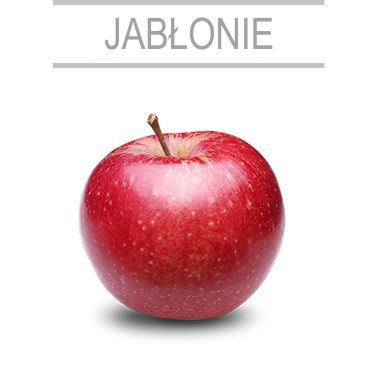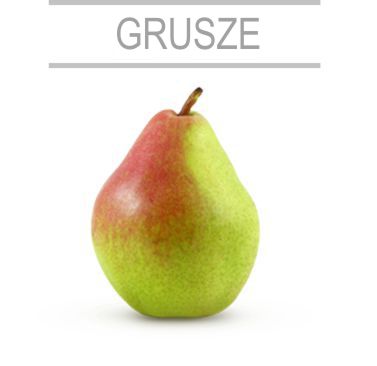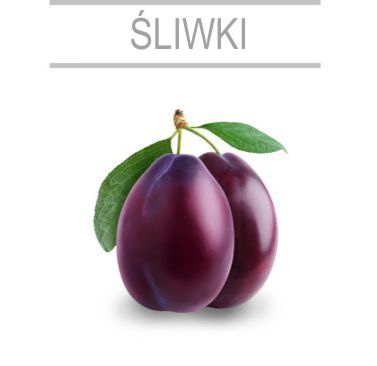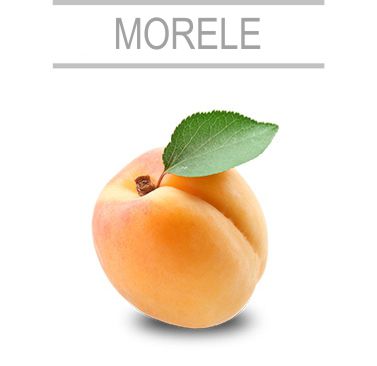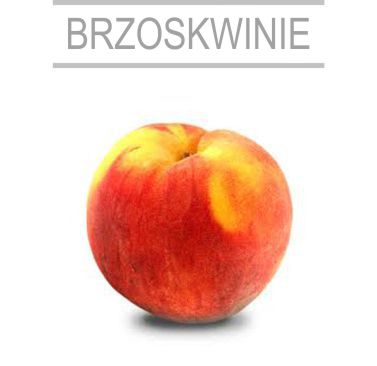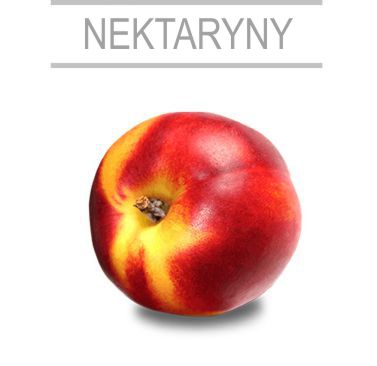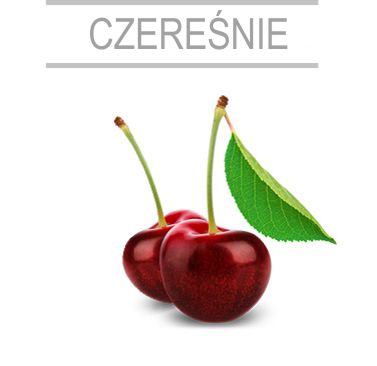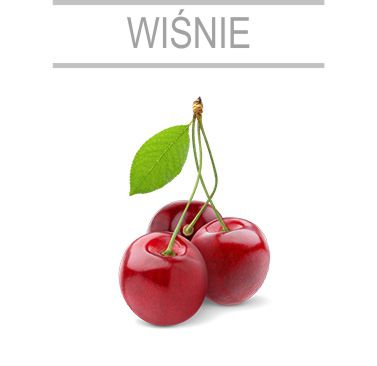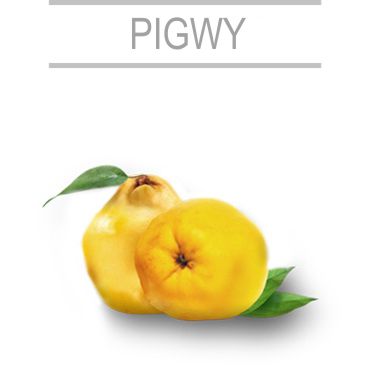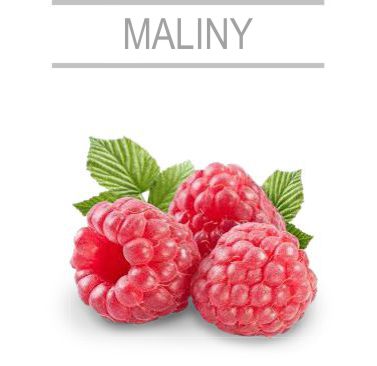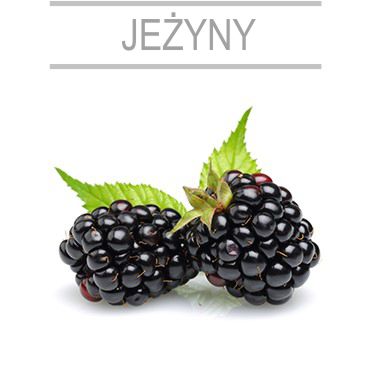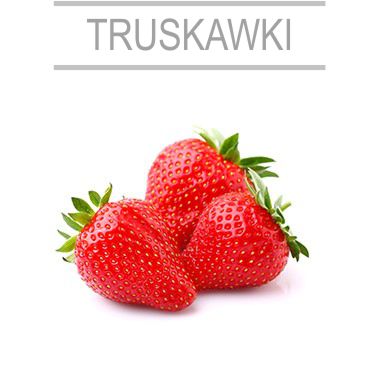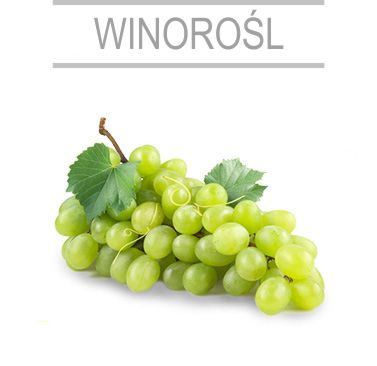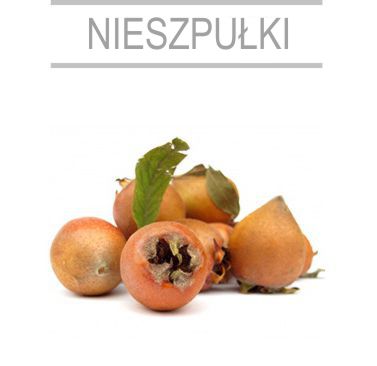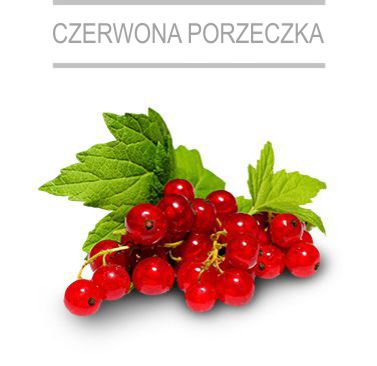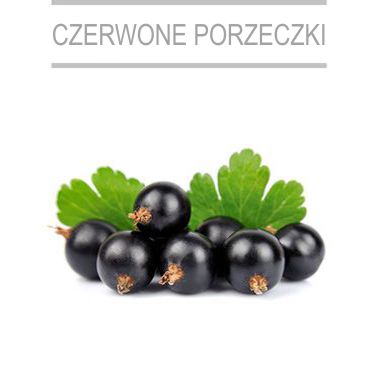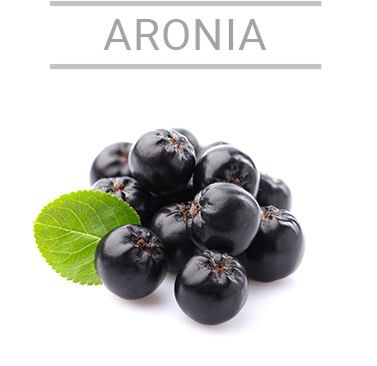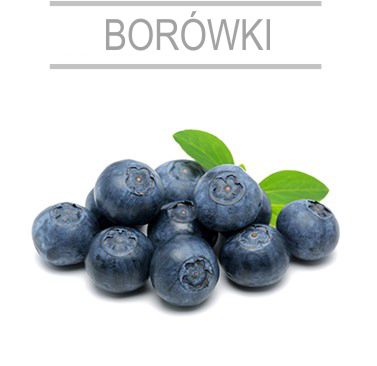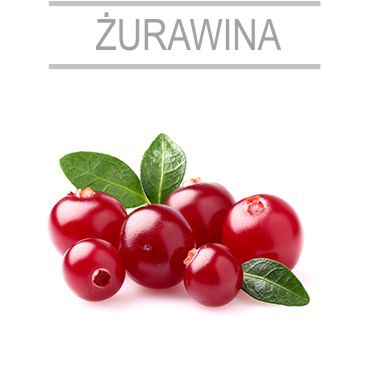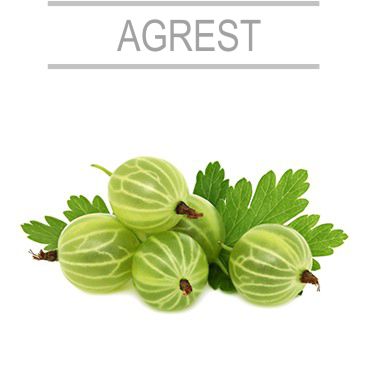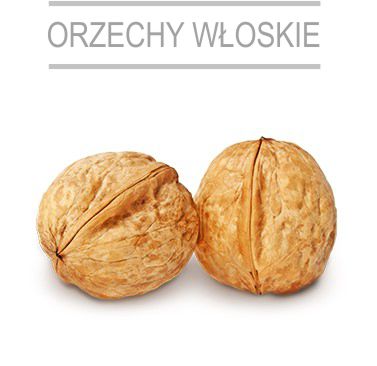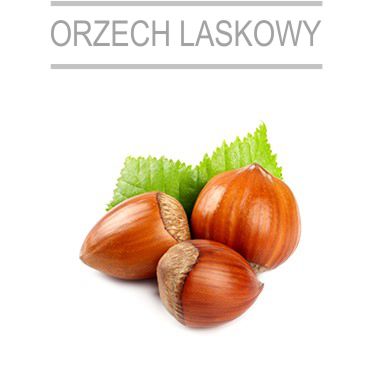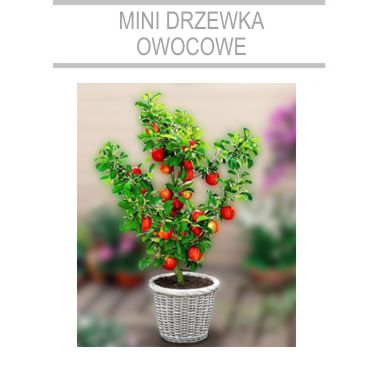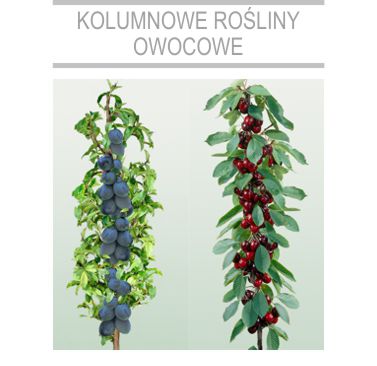Drzewka owocowe
APPLES
(Malus domestica L.)
Apple today is the most widespread fruit that belongs to Rosaceae family. Since the old ages it was respected for its pleasant aroma, sweetness and beautiful appearance. The effect of apple on health is many times scientifically proven, and it is attributed on a whole range of characteristics that no other fruit has...
PEARS
(Pyrus communis L.)
Pears (Pyrus communis L.) represents genus of plants from the family Rosaceae, also related to apple and quince. Because of its delicious fruits it is cultivated for more than 4000 years and more than 1000 varieties is known up to now. Fresh fruits contain up to 20% of dry matter, 9-15% of sugars, organic acids, cellulose...
PLUMS
(Prunus domestica L.)
Plum (Prunus domestica L.) is a woody plant of Rosaceae family and it belongs to genus of Prunus. Plum is a drupe fruit and they have a high nutritional value. Today there are over 2500 varieties of domestic plum cultivars and is a highly adaptable plant to altitude and soil type...
APRICOTS
(Prunus armeniaca L.)
Apricot is a continental fruit and belongs to Rosaceae family. It is believed that this fruit comes from Central Asia and northeast China. According to taste, appearance and quantity of sugar, apricot fruit is first-rate stone fruit and more than suitable for various types of preservation, processing, drying, making various juices, jams, marmalades, jellies and compotes...
PEACHES
(Prunus persica L.)
Peach (Prunus persica L.) is a woody plant, and belongs to Rosaceae family. This fruit originates from China and is one of the most wide-spread fruit trees in the world. Peach is a pome fruit and has a yellow or whitish color of fruit. The fruit is delicious and is used widely for both fresh consumption and processing like making various juices, jams, compotes etc....
NECTARINES
(Prunus persica var. Nectarine L.)
Nectarine (Prunus persica var. Nectarine L.) is a subspecies of the peach with the main difference of smooth surface. Nectarines have great characteristic keeping freshness for longer, they are easily stored and have a longer life...
SWEET CHERRIES
(Prunus avium L.)
Sweet cherry (Prunus avium L.) is a deciduous woody plant and belongs to the Rosaceae family and Prunoideae subfamily. The fruit is monocarpic pome, with spherical appearance and dark red, pink or yellow colour. The fruits are meaty, sweet tasting, 2-3 pieces stacked together on stalks...
SOUR CHERRIES
(Prunus cerasus L.)
Sour Cherry (Prunus cerasus L.) is a woody plant, and belongs to the family Rosaceae, genus Prunus. Sour cherries are in high demand for fresh consumption, but they are also very appreciated in industrial processing in production of juices, jams, compotes, brandy and as a frozen product...
QUINCE
(Cydonia oblonga L.)
QUINCE (Cydonia oblonga L.) is a deciduous plant, belonging to the Rosaceae family and is the sole member of the genus Cydonia. Has been known for about 4000 years and its origins are in the Caucasus. The fruit is very similar to an apple or a pear in shape. Dunja is mainly used for processing and for making jams, sweet, compotes, jellies, juices...
RASPBERRY
(Rubus idaeus L.)
Raspberries are perennial with woody stems in the genus Rubus of the rose family. Taste is juicy and sweet with a pleasant aroma. Extremely rich in vitamin C and B and also vitamin A. In addition to refreshing and excellent taste, raspberries have a range of medicinal properties...
BLACKBERRY
(Rubus spp.)
Blackberry (Rubus spp.), belongs to Rubus genus in the Rosaceae family. Blackberry fruit has great nutritional and medicinal value as it contains vitamin C, K, B9 and essentially important mineral manganese...
STRAWBERRY
(Fragaria L.)
Strawberry (Fragaria L.), belongs to Fragaria genus in the Rosaceae family. Strawberry fruit has great nutritional value both as fresh, and industrial processed food and is always in high demand in frigo industry. Originated in Europe in 18th century and native to the Northern Hemisphere, strawberry quickly became widely grown and adaptive to wide ranges of soil and altitude around the world...
GRAPEVINE PLANTS
(Vitis vinifera L.)
Grapevine (Vitis vinifera L.) is a vine plant of the genus angiosperm and belongs to the Vitaceae family. It is one of the oldest cultivated crops. It is known that vines appeared on earth before man, but the system for cultivation was invented in Egypt 6000 years ago. Today is one of the most widely cultivated plants on all continents...
MEDLAR
(Mespulus germanica L.)
Medlar is a deciduous plant, and belongs to the Rosaceae family. Fully organic in its production fruits are sweet and delicious, they are ripening late and remain edible throughout the winter. Medlars thrive in extreme conditions without danger of freezing. The fruit is rich in sugar, organic acids, pectin, vitamin C and B, as well as aromatic substances...
RED CURRANT
(Ribes rubrum L.)
Red Currant (Ribes Rubrum L.) is a deciduous shrub, a member of the genus Ribes in the gooseberry family. The fetus develops in the form of the cluster and is made of pea-sized berries. The varieties of berries are divided into black, red and white. They are rich in vitamin C and have exceptional healing properties...
BLACK CURRANT
(Ribes nigrum L.)
Black currant (Ribes nigrum L.) has great nutritional and health value. The fruit is very rich in vitamins, one of the richest among all the fruits, and it has many applications as a domestic and industrial products. In the food industry blackcurrant is processed into juices, wines, liquors, jelly, syrup, or simply distributed as frozen fruit...
ARONIA
(Aronia Melanocarpa)
Aronia (Aronia Melanocarpa), belongs to Aronia genus in the Rosaceae family. It is a perennial bush native to North America and cultivated around the world. Fruit contains anthocyanin, and other antioxidants which are able to absorb free radicals in human body and improving overall health...
BLUEBERRY
(Vaccinium myrtillus L.)
Blueberry (Vaccinium myrtillus L.), belongs to Vaccinium genus in the Ericaceae family. Fruit is round and radiant in appearance, with sourish taste and blue to dark blue colour. Rich in organic acids, sugar, vitamin C, vitamin B complex, carotene, tannin, potassium, magnesium...
CRANBERRY
Cranberry belongs to Vaccinium genus in the Ericaceae family and can be found as Vaccinium vitis idea L, Vaccinium macrocarpon or Vaccinum oxycoccos species around the world. Fruit contains many organic acids, beta-carotene, vitamins C, E and K, vitamin B complex, tannin, iron and other minerals and has many proven beneficial effects on human body...
GOOSEBERRY
(R. uva-crispa)
Gooseberry (R. uva-crispa), belongs to Ribes genus in the Grossulariaceae family and is native to Europe, north Africa, Asia and can be found in North America. Fruit is green-yellow or pink in colour, tasting sweet-sourish. Richness in vitamins C, A, vitamin B complex, antioxidant polyphenolics and fiber proves its health benefits for human body...
WALNUT
(Juglans regia)
Walnut (Juglans regia) belongs to Juglans genus in the Juglandaceae family. Other than nutritional value, walnut has aesthetic and commercial value unlike other fruit bearing plants. Fruit itself is very nutritious containing omega-3 fatty acids great for lowering cholesterol...
HAZELNUT
(Corylus avellana L.)
Hazelnut (Corylus avellana L.) belongs to Corylus genus in the Betulaceae family. Very significant and appreciated nut globally, always in high demand. Rich in carbohydrates, proteins, oils, vitamins and minerals makes it a very nutritious fruit...
MINI PEACH, MINI APRICOT, MINI PEAR
Mini fruit today is increasingly popular, as they are mostly planted in the gardens and terraces. Mini fruit trees can be grown in large pots and it does not require too much space and are not too demanding. In addition to the tasty fruits, they have a very significant decorative effect, so the mini fruits are indispensable decoration of our gardens...
COLUMNAR APPLE, COLUMNAR PEAR
In recent years columnar fruit plants are increasingly popular and in demand. Columnar fruit trees instead of growing and spreading to the side, only grow in height. Ideal for intensive orcharding, small gardens and urban conditions because of the short branches and therefore allowing the cultivation of a large number of plants per area...
